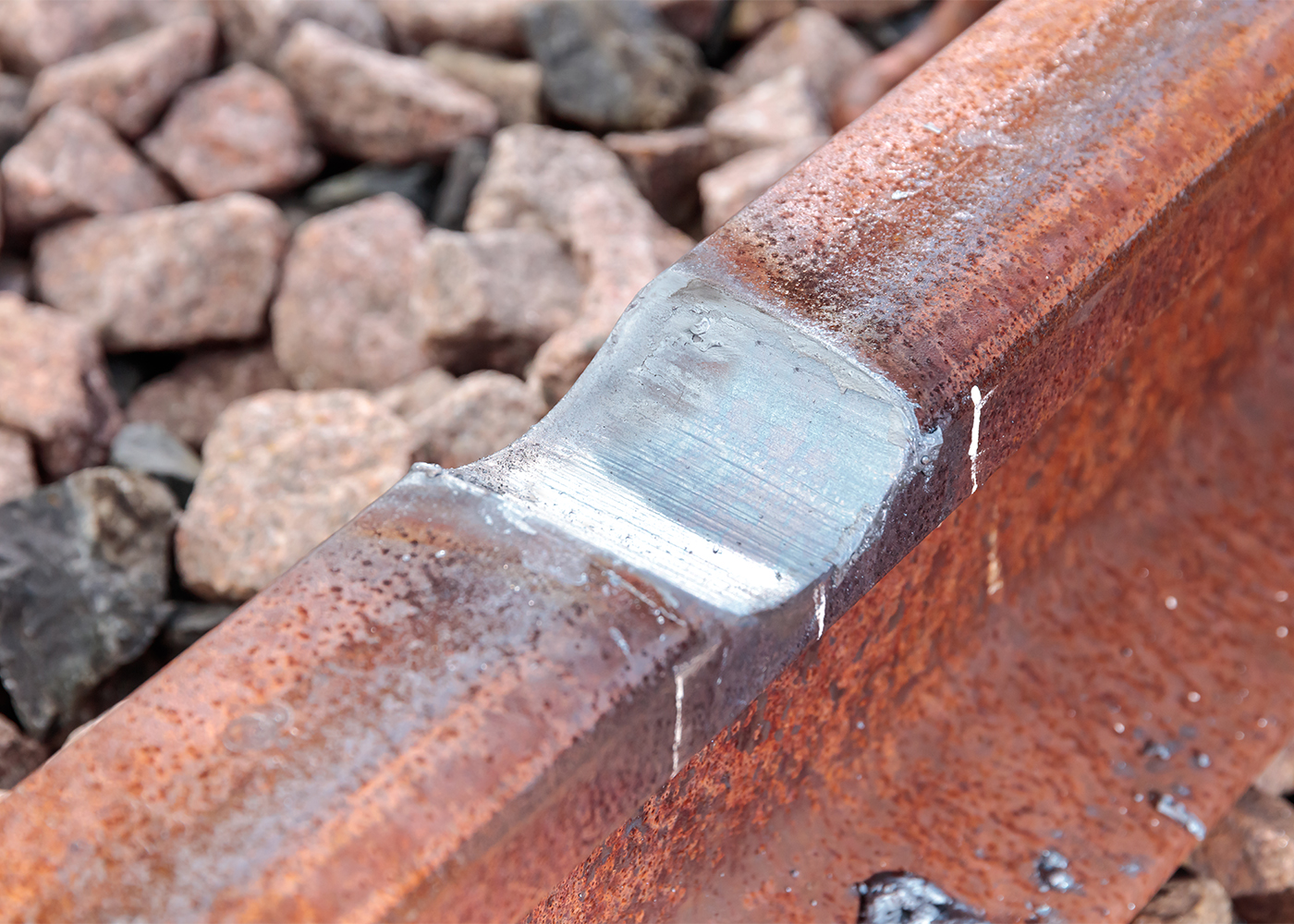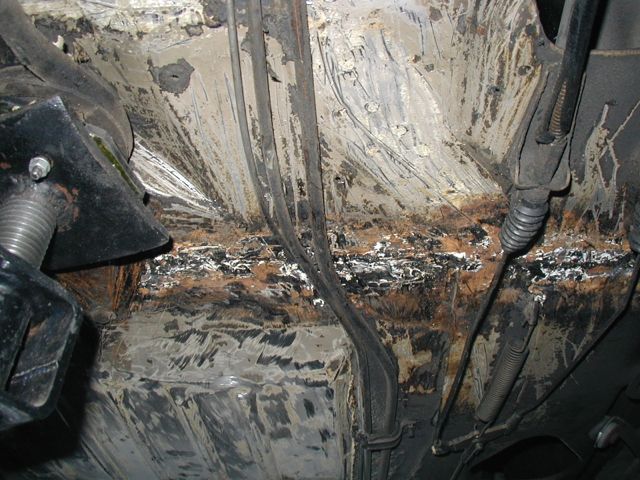Everything about Welding: Trick Insights Into Techniques and Finest Practices for Success
Welding encompasses a variety of strategies, each fit for specific materials and applications. Comprehending these approaches, such as GMAW, SMAW, and TIG, is vital for achieving suitable results. The right equipment and security techniques can not be forgotten. As prep work and troubleshooting play essential functions in the welding procedure, understanding these components can considerably improve the top quality of the end product. What are the essential variables that guarantee a successful weld?
Understanding Various Welding Techniques
Welding methods incorporate a selection of techniques, each fit to particular applications and materials. Among the most usual methods are Gas Steel Arc Welding (GMAW), Secured Steel Arc Welding (SMAW), and Tungsten Inert Gas Welding (TIG) GMAW, likewise referred to as MIG welding, is popular for its speed and versatility, making it excellent for slim products. SMAW, or stick welding, is preferred for its simplicity and effectiveness in outdoor atmospheres, especially with thicker metals. TIG welding provides precision and control, making it suitable for elaborate work and non-ferrous metals (Welding). Each strategy has its special advantages and considerations, permitting welders to choose the very best method based upon the project's requirements, material kind, and wanted end results. Understanding these strategies is vital for successful welding
Essential Welding Devices and Devices
While numerous welding strategies need particular skills, the right equipment and devices are equally vital for achieving quality outcomes. Essential welding equipment includes welding equipments, which vary depending on the method-- such as MIG, TIG, or stick welding. Protective gear, including safety helmets, handwear covers, and aprons, guarantees safety and comfort during the process. Furthermore, clamps and components assist secure products in position, guaranteeing precision in welds. Consumables like welding poles, cable, and securing gas are additionally vital elements that influence the quality of the weld. Devices such as mills and cutters assist in surface area preparation and post-weld completing, contributing to an expert result. Purchasing premium equipment ultimately enhances the effectiveness and efficiency of welding tasks.
Security Practices in Welding
Proper safety and security methods are necessary in the welding sector to safeguard employees from potential threats. Welders need to use appropriate personal safety equipment (PPE), consisting of safety helmets with appropriate shading, handwear covers, and flame-resistant apparel. Adequate air flow is vital to reduce exposure to dangerous fumes and gases produced throughout the welding procedure. Furthermore, employees need to be educated in the correct handling of welding equipment to avoid accidents. Fire precaution, such as keeping flammable materials far from the welding location and having fire extinguishers easily offered, are required. Regular inspections of devices and offices can help recognize potential risks before they cause mishaps. By sticking to these safety and security techniques, welders can develop a much safer working environment and minimize threats connected with their profession.
Readying Materials for Welding
Preparing products for welding is an important step that considerably influences the top quality and integrity of the last item (Welding). Appropriate prep work involves cleansing the surfaces to get rid of pollutants such as dust, rust, and oil, which can compromise the weld. Techniques such as grinding, fining sand, or using solvents are typically employed to attain a clean surface. Additionally, making certain that the products fit together comfortably is crucial; gaps can result in weak welds. It's also crucial to take into consideration the alignment and positioning of the elements, as this will certainly influence the convenience of welding and the final result. Picking the ideal filler product and making certain compatibility with the base metals is necessary for attaining solid, durable welds.
Tips for Achieving High-Quality Welds
Attaining top notch welds calls for attention to detail and adherence to ideal methods throughout the welding process. Appropriate joint prep work is vital, making certain surface areas are clean and cost-free from contaminants. Selecting the ideal filler material and welding technique based on the base steels is important for suitable bonding. Maintaining regular traveling rate and angle while welding can prevent issues and promote uniformity. Additionally, managing warm input is vital; extreme heat can result in bending and compromised joints. Routinely checking the welds throughout the procedure enables prompt modifications if necessary. Utilizing suitable post-weld therapies, such as cleaning and anxiety alleviation, can enhance the resilience and stability of the weld, inevitably making sure an effective end result.
Fixing Usual Welding Issues
Welding frequently presents obstacles that can impact the quality and integrity of the last product. Typical concerns such as porosity, inconsistent weld grains, and getting too hot can occur, each requiring certain fixing techniques. Understanding these issues is important for welders to improve their skills and achieve suitable outcomes.
Porosity Troubles Explained
Porosity can frequently be overlooked, it continues to be an essential problem in welding that can compromise the stability of an ended up item. Porosity refers to the presence of small gas pockets within the weld bead, which can lead and compromise the joint to premature failing. This issue commonly develops from pollutants, moisture, or improper securing gas coverage throughout the welding procedure. To minimize porosity, welders ought to confirm that the base products are clean and completely dry, utilize suitable protecting gases, and maintain consistent welding parameters. Frequently checking the tools and more info atmosphere can likewise assist recognize prospective issues before they show up in the weld. Dealing with porosity properly is crucial for accomplishing solid, resilient welds that meet high quality requirements.

Irregular Weld Beads
Inconsistent weld grains can considerably affect the high quality and toughness of an ended up product. Various aspects add to this problem, including incorrect traveling rate, wrong amperage setups, and irregular electrode angles. When the welder relocates too swiftly, a grain might show up narrow and lack penetration, while relocating as well gradually can cause too much accumulation. Furthermore, making use of the wrong amperage can result in either undercutting or too much spatter, both of which concession weld integrity. The welder's method, such as irregular lantern movement, can additionally bring about uneven bead appearance. To mitigate these problems, welders ought to focus on maintaining consistent, controlled activities and making certain correct equipment settings to accomplish harmony in their welds. Uniformity is key to attaining strong and reliable welds.
Overheating and Warping Issues
Too much warmth during the welding process can cause substantial overheating and buckling problems, impacting the architectural integrity of the workpiece. These problems usually show up as distortion, which can compromise positioning and fit-up, making additional setting up challenging. Factors adding to overheating consist of the option of welding specifications, such as voltage and take a trip rate, in addition to the kind of product being bonded. To mitigate these problems, welders ought to maintain constant traveling speed and appropriate warmth input while monitoring the workpiece temperature level. Furthermore, preheating or post-weld warm treatment can assist minimize stresses triggered by quick cooling - Welding. Routine examination and adherence to finest practices are crucial in avoiding overheating and making sure the longevity and reliability of bonded structures
Frequently Asked Questions
What Are the Career Opportunities in the Welding Industry?
The welding sector uses varied profession opportunities, consisting of placements as welders, engineers, instructors, and inspectors. Specialists can operate in manufacturing, building, aerospace, and vehicle sectors, taking advantage of strong need and competitive wages in numerous roles.
Exactly How Can I Improve My Welding Rate Without Sacrificing High Quality?
To enhance welding rate without compromising top quality, one must practice effective methods, preserve devices, optimize setups, and enhance hand-eye control. Routine training and looking for comments can also greatly contribute to achieving quicker, high-quality welds.
What Qualifications Are Available for Welders?
Various accreditations exist for welders, consisting of those from the American Welding Society (AWS), the National Center for Building And Construction Education and Research Study (NCCER), and different industry-specific companies. These qualifications improve employability and show ability efficiency.
How Does Welding Influence the Properties of Metals?
Welding affects the residential properties of steels by modifying their microstructure, which can bring about adjustments in ductility, stamina, and solidity. Heat input and cooling prices throughout the procedure considerably impact these product features.
Can I Bonded Dissimilar Metals With Each Other?

Comments on “Montana Mobile Welding and Repair Welding shares solutions on addressing heat distortion effectively”